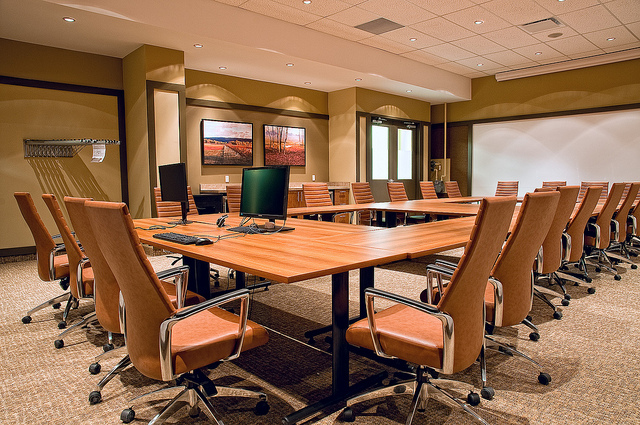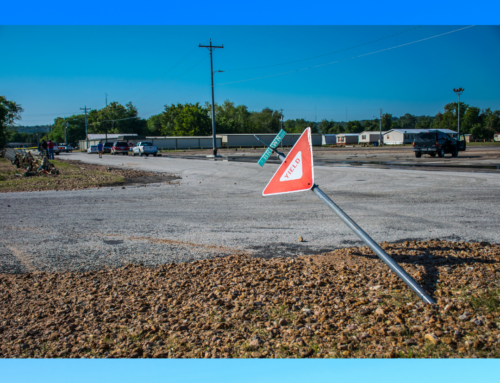 Not long ago I attended a conference conducted by a nationally known not-for-profit. The theme of this association’s conference was ending poverty. As I listened, it became apparent that the executives in the association had failed to ask people in poverty themselves what they thought would be useful in helping them find their bridges out of poverty.
Not long ago I attended a conference conducted by a nationally known not-for-profit. The theme of this association’s conference was ending poverty. As I listened, it became apparent that the executives in the association had failed to ask people in poverty themselves what they thought would be useful in helping them find their bridges out of poverty.
At the time I was executive director of My Brother’s and Sister’s Keeper of Albany, New York. I urged the not-for-profit’s leaders to take this important step because many of the front-line employees of the association and its partnering groups were not paid a living wage, which meant the leaders had a readily accessible pool of human resources immediately available.
These workers were using food stamps; the federal Special Supplemental Nutrition Program for Women, Infants and Children (WIC); and other governmental, temporary-assistance programs just to make ends meet. In addition, I implored the leaders of the various entities at the conference to consider raising the salaries of their employees, who frankly came from the very communities the association’s conference wanted to target in its hopes of reducing poverty.
The leadership people did not accept my suggestions. In fact, they argued they couldn’t afford to raise salaries. They insisted they could afford to do only what their sources of income and donations would permit. I asked one final question: Based on their responses regarding their bottom line, how would they implement an anti-poverty program? There was no clear answer.
Over the past year I have made numerous presentations intended to help agencies develop programs that focus on moving people out of poverty, reducing participation of young people in the “school to prison pipeline,” and encouraging initiatives centered on educational programs that guide children from “cradle to career.”
I pointed out that when we seek to help people in poverty, we must be sure they are present “at the table” to participate in the discussion—and sometimes guide it. Not as an afterthought, but from the outset of the dialog. I reminded governmental agency leaders, executive directors of not-for-profit entities, and business CEOs that people in poverty are resourceful and resilient … and they have solutions.
Citing commonly referenced barriers, a number of individuals at these helping agencies stated that most people in poverty are either too busy due to working multiple part-time jobs or lack childcare to participate in such meetings. In addition, they claimed that their attempts in the past to invite people from poverty to meetings were usually met with resistance, even disdain. I would note that these reports are from people and organizations who have not participated in Bridges Out of Poverty training.
In contrast, I have observed a dramatic difference among leaders and agencies who have taken part in training from aha! Process. These leaders and organizations have focused their efforts in collaboration with community members living in poverty. They have treated these individuals as colleagues with valuable information, strategies, and experiences critical to the development of sustainable and respectful solutions regarding the reduction of poverty.
This observation is one of many things I find incredibly compelling about the aha! Process approach. I also am encouraged by the communities and agencies in the Albany area of New York that have sought or are seeking Bridges Out of Poverty training.
Pedro Perez recently became project director of Empire State Poverty Reduction Initiative (ESPRI) at CARES, Albany, New York. He held executive positions with My Brother’s and Sister’s Keeper (2015–17) and Capital District YMCA (2012–15), both of Albany. From 1981 to 2010 he was a New York State Police officer, rising to the rank of brigadier general.








